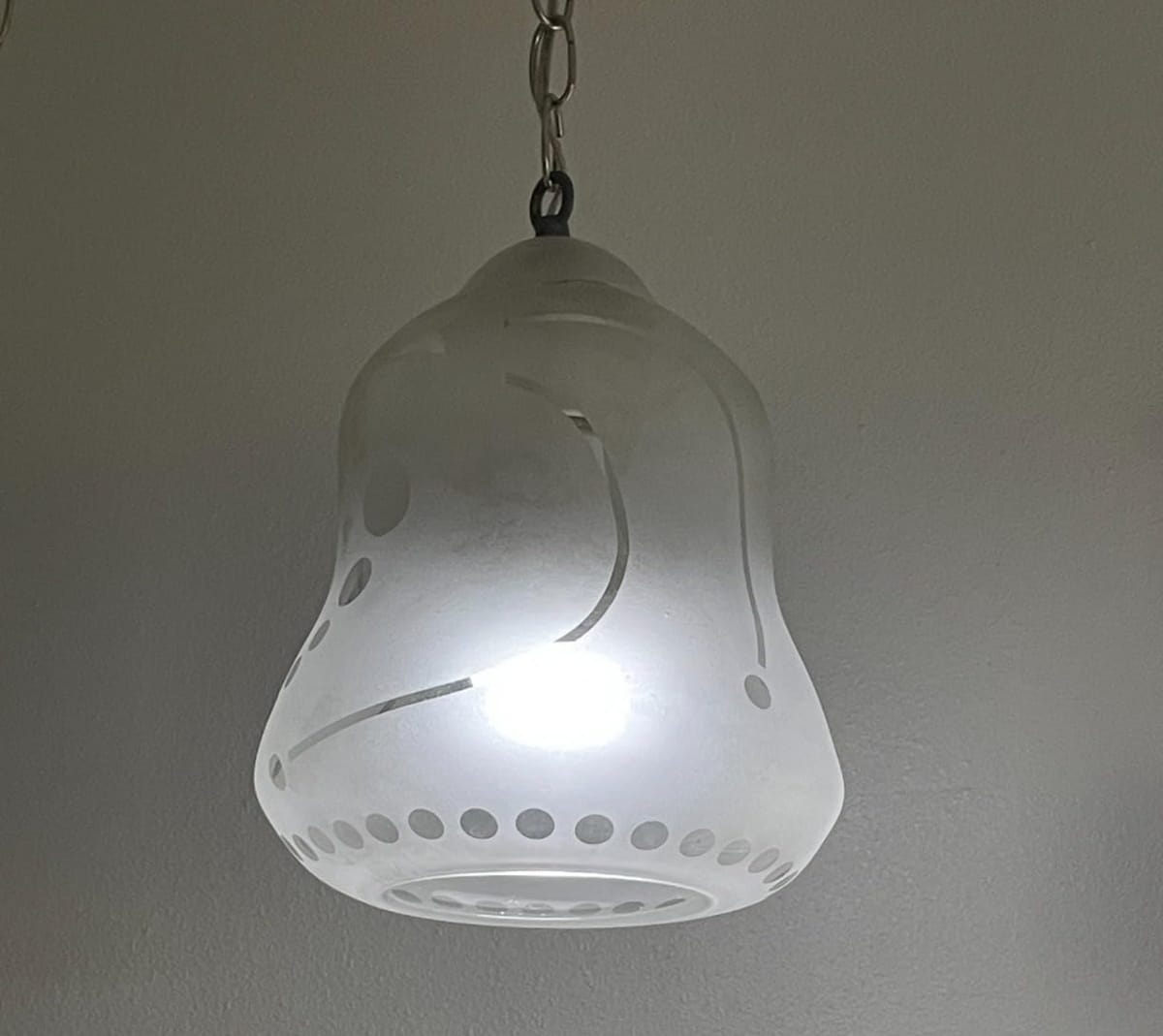Key Takeaways:
- Rechargeable light bulbs offer a reliable solution during power outages and provide significant cost savings over time.
- These bulbs are easy to use, requiring minimal setup and maintenance, making them a convenient option for various lighting needs.
- Rechargeable LED light bulbs are energy-efficient and environmentally friendly, reducing energy consumption and environmental impact.
Introduction to Rechargeable Light Bulbs
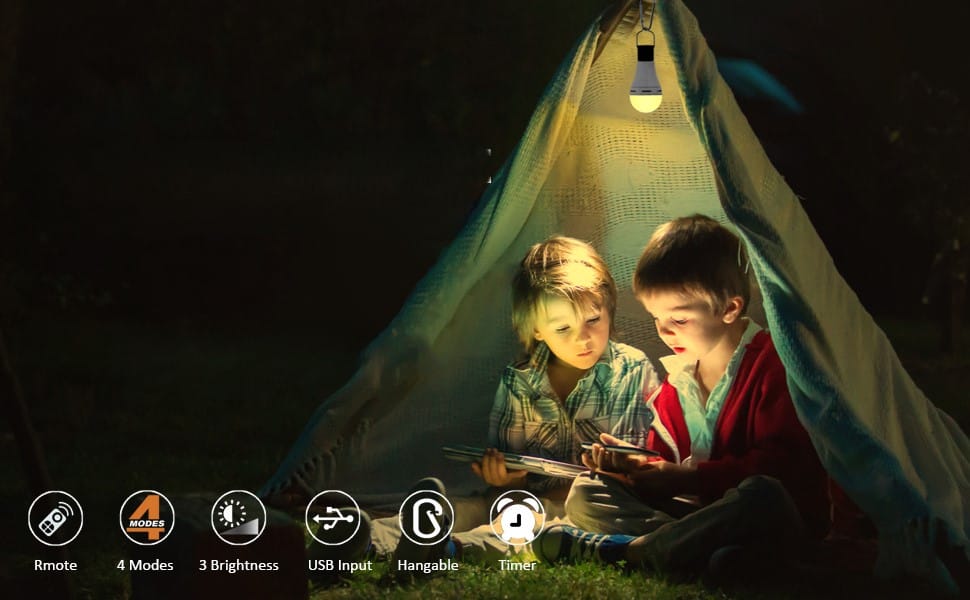
Rechargeable light bulbs have become an essential part of modern lighting solutions. They are designed to illuminate during power outages and offer numerous benefits that save you over traditional bulbs. These bulbs come with built-in batteries that can be recharged, ensuring that you always have a reliable light source when you need it most.
How Rechargeable Light Bulbs Work
Rechargeable light bulbs work by storing energy in their built-in batteries. When the whole room and power are on, these batteries charge; when the power goes out, the bulbs automatically switch to battery power. This seamless transition ensures you are never left in the dark, making them an ideal solution for emergency lighting.
Benefits of Using Rechargeable Light Bulbs
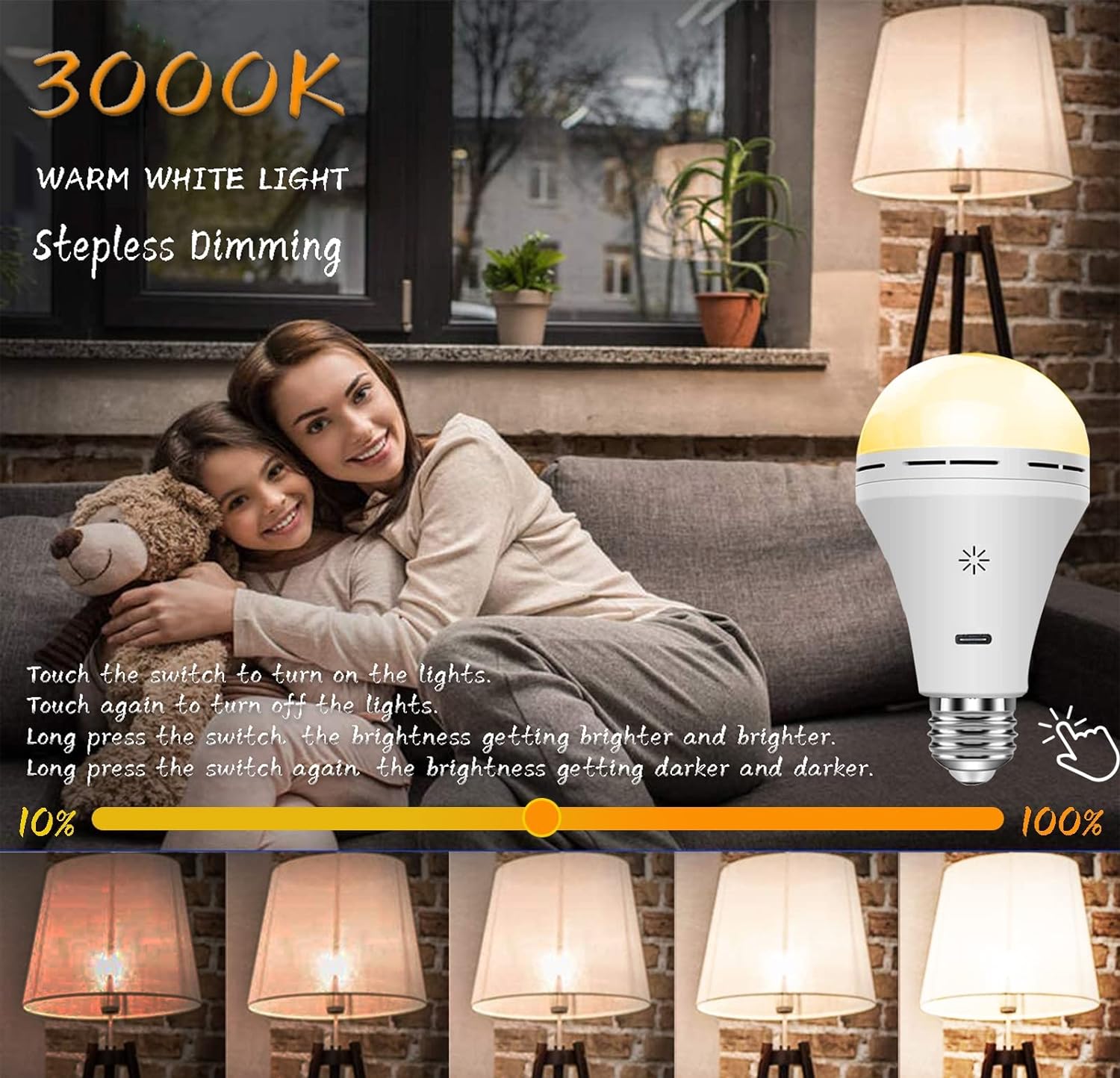
One of the primary benefits of using rechargeable light bulbs is their energy efficiency. These bulbs consume significantly less power compared to traditional ones, resulting in cost savings on your electricity bill built-in battery them. Additionally, they have a longer lifespan, reducing the need for frequent replacements.
Another advantage over regular bulbs is their environmental impact. Rechargeable light bulbs reduce energy consumption and minimize waste, making them an eco-friendly choice. By switching to these bulbs, you can contribute to a greener planet while enjoying the convenience of reliable lighting.
Types of Rechargeable Light Bulbs
There are various types of rechargeable light bulbs available on the market, each designed to meet different lighting needs. Rechargeable LED light bulbs are the most common, known for their bright and efficient illumination. These bulbs are suitable for use in light fixtures, table lamps, table lamps, and floor lamps.
Another type of flashlight is the rechargeable emergency light bulb, which is specifically designed for use during power outages. These bulbs can be used in regular light fixtures and automatically switch to battery power when the electricity goes out, providing a reliable source of light in emergencies.
How to Install Rechargeable Light Bulbs
Installing rechargeable light bulbs is super simple and requires no special tools or wiring. Start by turning off the power to the light fixture where you want to install the bulb. Next, remove the existing bulb and screw in the rechargeable bulb just like you would with a regular bulb. Once installed, turn the power back on, and the bulb will start charging.
For portable rechargeable bulbs, such as those used in camping or as flashlights, simply plug them into an outlet using the lamp or provided extension cord or USB cable. Ensure that the bulb is fully charged before using it to maximize its battery life.
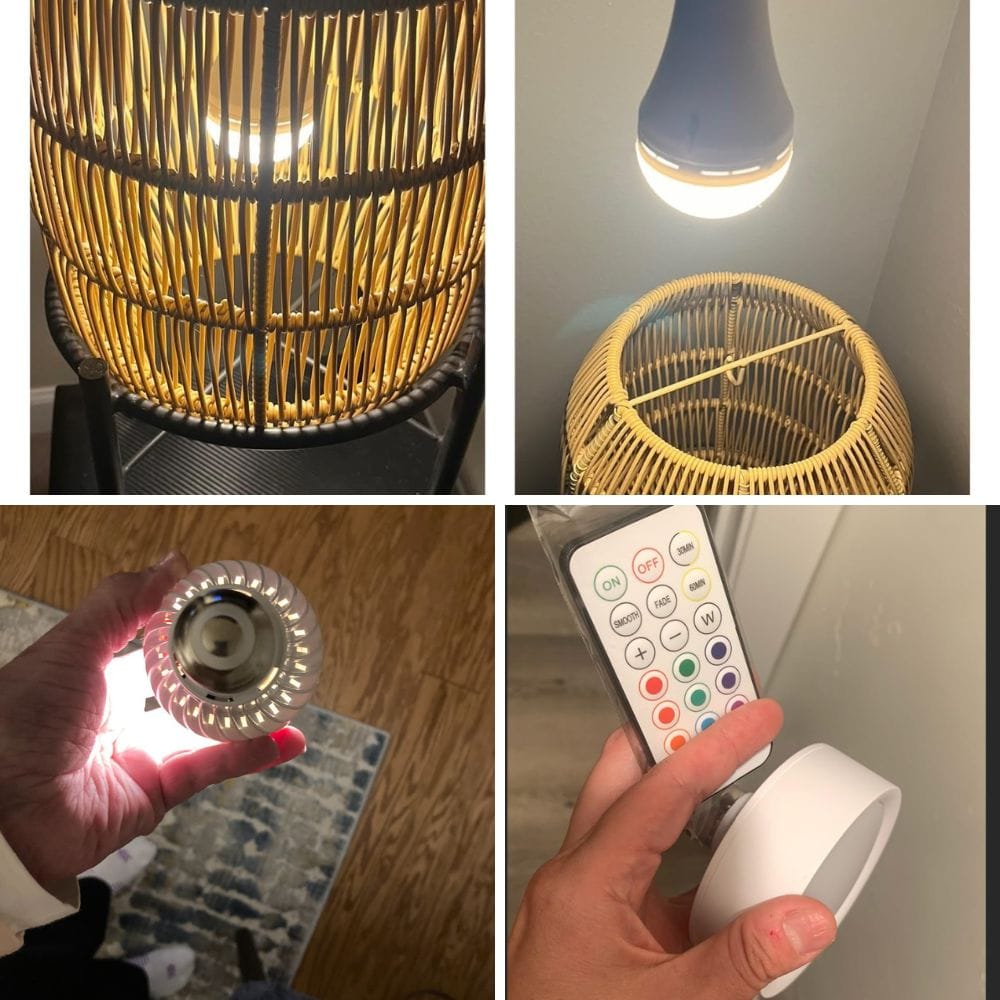
Tips for Maximizing Battery Life
To get the most out of the power source of your rechargeable light bulbs, it's essential to follow a few simple tips. First, always ensure that the bulbs are fully charged before using them. This will help extend their battery life and ensure that they provide maximum illumination when needed.
Another tip is to use the bulbs in energy-efficient fixtures. For example, using rechargeable LED light bulbs in table lamps or floor lamps can help reduce energy consumption and prolong floor lamps' battery life. Additionally, avoid using the bulbs in high-heat environments, as this can shorten their lifespan.

Cost Savings and Initial Investment
While the initial cost of rechargeable light bulbs may be higher than traditional ones, the long-term cost savings are significant. These bulbs consume less power and replace them, resulting in lower electricity bills. Additionally, their longer lifespan means fewer replacements, further reducing costs over time.
The initial investment in rechargeable light bulbs is offset by the savings on energy consumption and replacement costs. By choosing these recharge bulbs, you can enjoy reliable lighting while saving money in the long run.
Environmental Impact of Rechargeable Light Bulbs
Rechargeable light bulbs have a positive environmental impact due to their energy efficiency and reduced waste. By consuming significantly less power, these bulbs help lower greenhouse gas emissions and reduce the strain on power plants.
Additionally, the longer lifespan and longevity of rechargeable bulbs means fewer bulbs end up in landfills, reducing waste and environmental pollution. By making the switch to rechargeable lighting, you can contribute to a more sustainable future.
Practical Applications of Rechargeable Light Bulbs
Rechargeable light bulbs are versatile and can be used in various applications. They are ideal for use in homes, providing reliable lighting during power outages. These bulbs can be used in light fixtures, outlets, table lamps, and floor lamps, ensuring that you always have a source of light when you need it.
They are also handy for outdoor activities such as camping. Portable rechargeable bulbs and lights can be used as flashlights or hung on walls to provide illumination in tents or around the campsite. Their convenience and reliability make them an essential part of any camping gear.

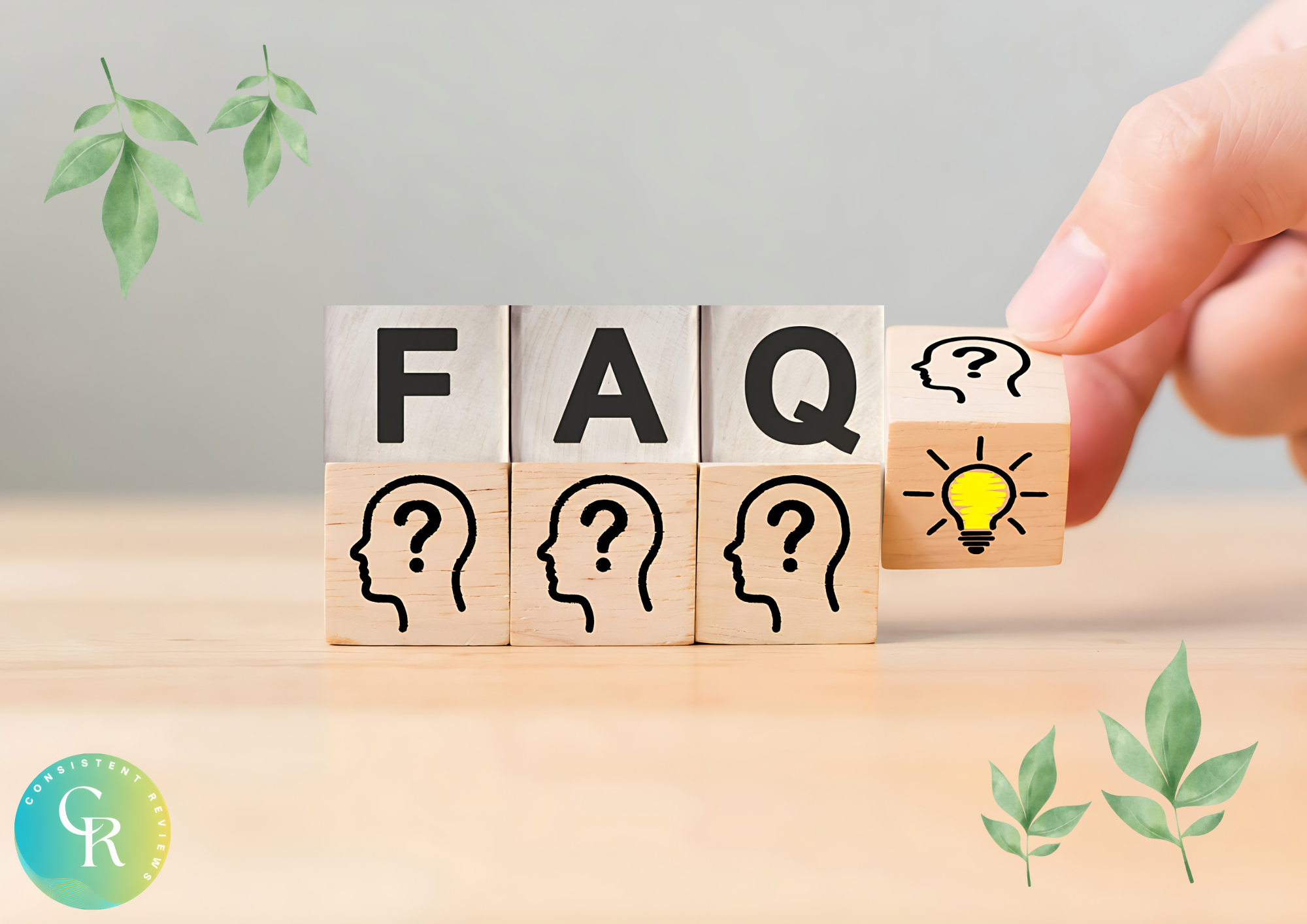
How long do rechargeable light bulbs last on a single charge?
Rechargeable light bulbs can last anywhere from 3 to 8 hours on a single charge, depending on the type and usage. It's essential to fully charge the bulbs before use to maximize their battery life.
Can rechargeable light bulbs be used in any light fixture?
Yes, rechargeable light bulbs can be used in most standard light fixtures. They are designed to fit into regular sockets, making them a convenient replacement for traditional bulbs.
Are rechargeable light bulbs safe for the environment?
Yes, rechargeable light bulbs are environmentally friendly. They consume less energy, have a longer lifespan, and reduce waste, making them a sustainable choice for lighting needs.
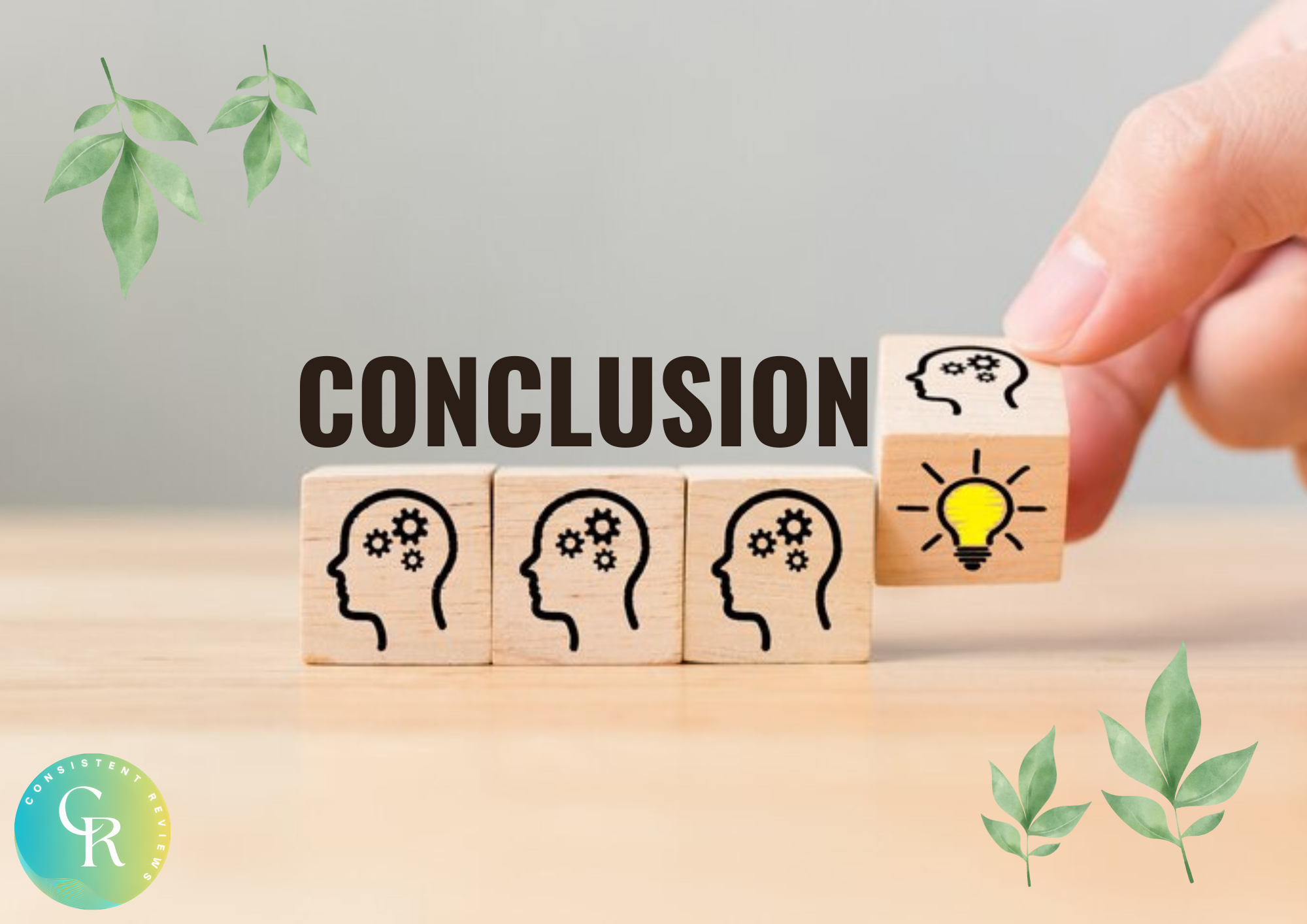
Rechargeable light bulbs offer a reliable and energy-efficient lighting solution for various needs. They are easy to install, provide significant cost savings, and have a positive environmental impact. By following simple tips to maximize battery life and choosing the right type of rechargeable light bulb for your needs, you can enjoy the benefits of rechargeable lighting in your home or outdoor activities.
